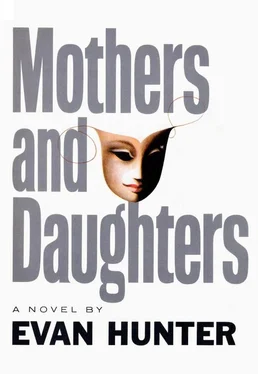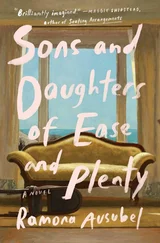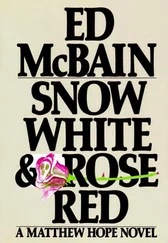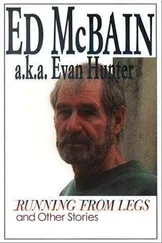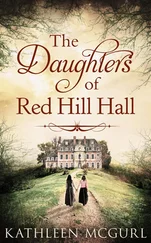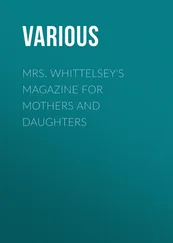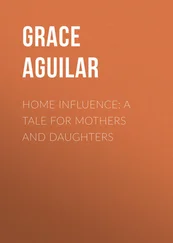I’m thirty-four years old, she thought.
David, I’m thirty-four years old.
She sat up suddenly.
She supposed she should go down for a swim. She swung her legs over the side of the bed, took off her skirt and her slip, and was reaching into the dresser drawer for her bathing suit when the telephone rang. She lifted it from the cradle.
Naked, sobbing, she listened while her agent told her she had got the part in Floren’s movie.
Christmas never came to Hollywood. They could have their parades down Hollywood Boulevard, with Santa Claus sitting on one float and a big movie star sitting on another, Charlton Heston this year, and clowns turning cartwheels in the street, they could do all that but it never felt like Christmas to Gillian, who was used to biting cold and the promise or reality of snow. There was something wilted and pathetic about the Christmas trees inside the Hollywood houses, something that made Christmas a fake. Back East it was perfectly all right to cut down a spruce and drag it into the house and trim it with tinsel and balls, that was perfectly all right, and not at all unnatural. But to do the same thing out here, where the sun was shining and the temperature was in the seventies, this somehow seemed anachronistic, and a little sacrilegious as well.
Nor could she adapt to the concept of January first arriving in a burst of sunshine, the year beginning in the middle of a seeming summer rather than in the dead of winter. She had put on the protective coloration of the natives, but Christmas and the New Year were simply unacceptable to her chemistry, and she always went through the charade of buying gifts and presenting them as if she were an impostor from another planet who went through the ritual artificially and without real feeling.
This year it was worse because she worked on the picture all during the week before Christmas and then through to January fourth, with barely time to do any real shopping — she could never accept the Lord & Taylor in Beverly Hills as the real Lord & Taylor, everyone knew the real Lord & Taylor was on Thirty-eighth Street and Fifth Avenue — rising at six each morning and rushing to the studio and then working until five each afternoon. The director was a meticulous man who insisted on shooting and reshooting each scene until he was certain he had it the way he wanted it. Invariably, when he saw the rushes the next day, he decided that the way he’d wanted it had been wrong. So he shot and reshot the same scenes over and over again. They were using a new fast color film that enabled them to work later each day, a boon since much of the work was being done outdoors, on location. But by the time Gillian crawled into bed each night after a full day of trying to re-create a freshness she had felt only at the start of production, she was thoroughly exhausted.
When Floren asked that she join him at the studio one afternoon at the end of a day’s shooting, her first reaction was to beg off. But she could not forget his kindness to her, and so she accompanied him reluctantly and wearily. He introduced her to the cutter on the picture, a man in his late forties, wearing a white shirt with the sleeves rolled to his elbows, sporting a thick mustache over his lip. In the corridor outside, Floren said, “He’s important to you, Gillian. You’ve got only one scene in this picture, and you want to look good in it. Get to know him, and maybe he’ll let you help pick the shots.”
She was allowed to watch the rushes all that week. In the peculiar structure of the Hollywood hierarchy, Floren, who was producing the film, had to get permission from the director, whom he had hired, for Gillian to sit in when the rushes were shown. The director didn’t like the idea at all. He wasn’t even allowing the picture’s stars to see the daily rushes. But perhaps he remembered that he was fourteen days behind his shooting schedule, and that Herbert Floren was picking up the tab, and so he graciously permitted the intrusion. She sat in the screening room all that week and watched herself play the scene over and over again from more angles than she thought imaginable, juggling the shots in her mind, arranging the scene as she thought it would finally be put together. When they showed the first rough cut, though, she finally understood Floren’s advice, and was glad she’d shared so many cups of coffee with the cutter in the studio commissary. They had assembled the sequence so that most of it was played on the face of the male star, who sat on a bench behind her. The shots they had chosen illustrated every nuance of emotion that crossed his features as he reacted to her speech and her bitter tears. She hovered on the edge of the scene and the screen; and for almost two of the five minutes, her job amounted to nothing more than voice over. The best shot of her, in fact, was a close-up of the back of her head. She immediately cornered the cutter.
“What did you do to me, Hank?” she said.
“I didn’t do anything, Gilly,” he said. “This is the way he wanted it. Look, it’s his picture, not mine.”
“Hank, we shot that scene from a hundred angles. You saw the rushes. You know what we—”
“I know,” Hank said, “but this is the way he wants it.”
“Couldn’t we just try it some other way?”
“What other way?”
“Well, couldn’t we start the scene with that full shot of me, and then as the speech builds come in closer and closer until we’re just on my face when I begin crying? We’ve got the footage, Hank. It’s just a question of putting it together.”
“How can I do that? This is the way he wants it.”
“You could say you just did it to get his reaction.”
“With that nut? He’d jump through the ceiling.”
“Or you could sneak it in with the rest of the stuff, the next time you—”
“Gilly, that’s impossible. This is his picture, don’t you understand?”
“Yes, but it’s my scene,” she said earnestly. “I don’t think you know how much this means to me, Hank.”
He studied her silently for a moment. “Maybe I do,” he answered. “Let me think about it.”
He thought about it for several days, and then decided to take the chance. He went through the early rushes again and began the scene with the full shot Gillian had suggested, carefully examining the footage and going from that to a medium shot, and then a close shot, tighter and tighter as the speech gained momentum, cutting back every now and then to the male star reacting on the bench, but for the most part staying with Gillian, closer and closer, full face and profile, finally choosing a tight shot of her eyes as she began crying, and then cutting back to the star on the bench, realization crossing his face as the scene faded. Gillian was on the screen for almost the full five minutes, and for the major part of that time in close-up. Hank spliced the revised scene in ahead of that day’s rushes and then sat back to wait for the explosion when the footage was shown. The director was silent as the scene played. He glanced quickly at Hank when it was over, and then turned his attention to the fresh film. When the lights came on, he lighted a cigarette, shook out the match, and with edged geniality said, “When did you take over the direction of this picture, Hank?”
Hank smiled. “You mean the scene on the bench?”
“Have you directed any others lately?”
“I just wanted to try it on you,” Hank said. “I can still go back to the other way.”
“Okay, you tried it. Now throw it away, okay?”
“Sure,” Hank said. “It was just an experiment.”
“If you don’t mind, I like to handle my own experi—”
“I figure you meant the girl to be in there for a change of pace. We’re on Tony’s face all through the preceding scene, you know.”
Читать дальше
